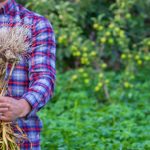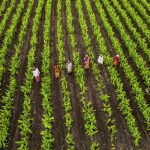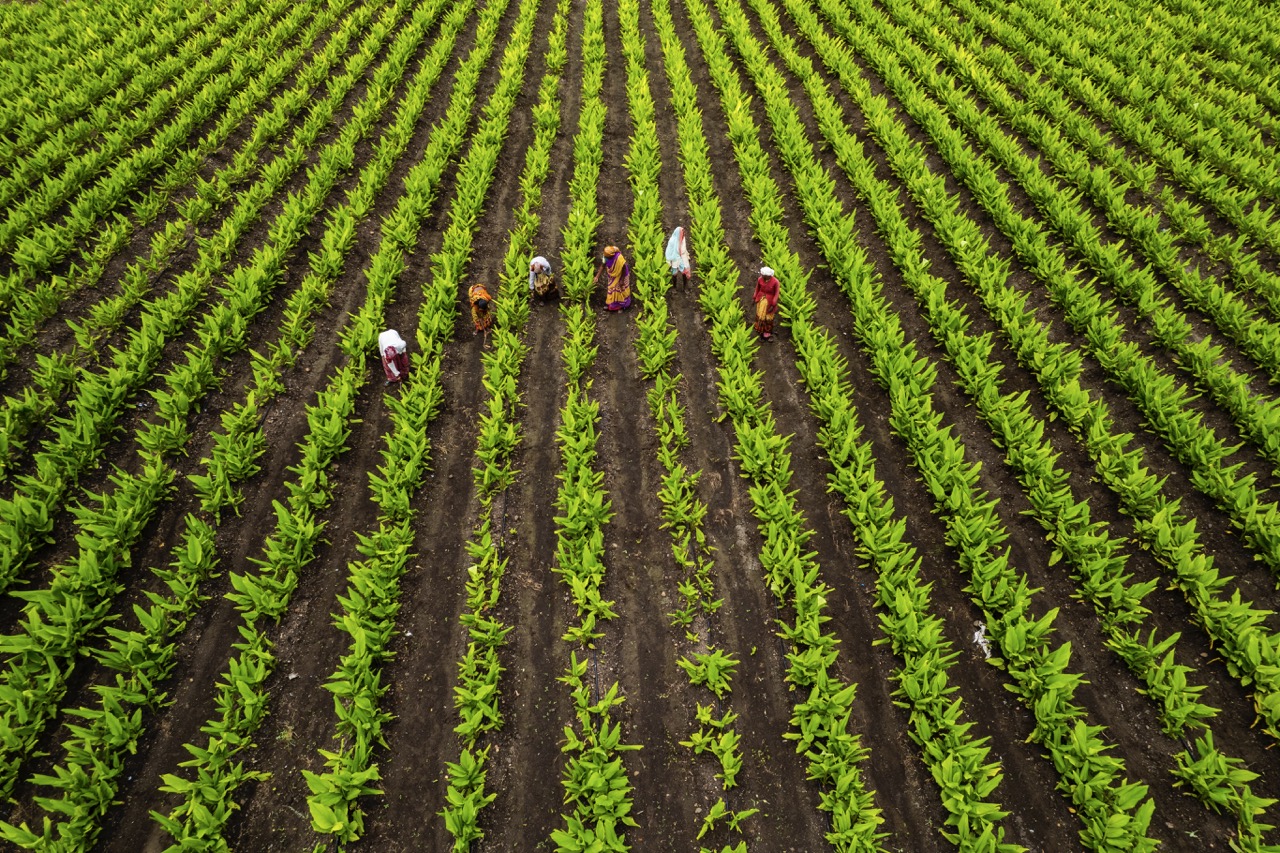Farm diversification has increasingly become a vital strategy for agricultural producers aiming to secure long-term success. As the global market becomes more volatile and consumer preferences shift, farmers are recognizing that relying on a single crop or livestock type can no longer guarantee financial stability. By integrating various agricultural practices, farmers can not only enhance their income streams but also build resilience against unpredictable challenges. This article explores the concept of farm diversification, its economic advantages, risk mitigation strategies, and real-world examples of successful diversified farms.
Understanding Farm Diversification: A Strategic Necessity
Farm diversification refers to the practice of expanding agricultural operations to include multiple crops, livestock, or even non-farm activities such as agritourism and value-added products. This strategic approach allows farmers to tap into different markets and customer bases, thus reducing dependency on a single source of income. In an era where climate change and market fluctuations pose constant threats, diversification has emerged as a proactive response to ensure sustainability and profitability.
The necessity of diversification is underscored by the growing unpredictability of agricultural markets. For instance, a farmer who solely cultivates corn may find themselves in dire straits during a drought or price downturn. Conversely, a diversified farm that produces corn alongside soybeans, raises chickens, and sells homemade jams can leverage various income sources to weather economic storms. This flexibility not only supports financial health but also enhances the farm’s operational adaptability to changing environmental conditions.
Moreover, diversification fosters innovation within farming operations. It encourages farmers to experiment with new crops or livestock breeds, adopt advanced farming technologies, and pursue alternative markets. This creativity not only leads to improved productivity but also helps farmers establish unique selling propositions that can differentiate them from competitors. Ultimately, understanding and implementing farm diversification is not simply a tactic; it is a strategic necessity for long-term viability in the agricultural sector.
The Economic Benefits of Diversifying Your Farm Operations
One of the most significant advantages of farm diversification is the potential for increased revenue. By branching out into multiple agricultural ventures, farmers can create new income streams that can be tapped during peak seasons or when traditional products face price declines. For example, a farmer who grows vegetables alongside grains can sell fresh produce at local farmers’ markets, thereby augmenting their income while reducing reliance on commodity prices.
Additionally, diversifying farm operations can lead to improved cash flow management. Seasonal variations in crop and livestock sales can create cash flow challenges for farmers; however, with multiple products to sell throughout the year, farmers can maintain a more balanced and consistent income. This stability not only helps in managing daily operational costs but also ensures funds are available for reinvestment into the farm during critical growth periods.
Furthermore, diversification can enhance overall farm productivity and efficiency. By integrating different farming practices, such as crop rotation or intercropping, farmers can improve soil health and reduce pest pressures, leading to better yields. Additionally, by utilizing existing resources more effectively—such as labor and equipment—farmers can achieve synergies that minimize costs and maximize productivity, ultimately fostering a more economically robust farming operation.
Mitigating Risks Through Diverse Agricultural Practices
Risk management is a cornerstone of successful farming, and diversification plays a crucial role in this regard. By spreading investments across various crops and livestock, farmers can buffer their operations against the volatility of market prices and the uncertainties of weather conditions. A diversified farm is less likely to suffer catastrophic losses as the success of one venture can compensate for the failures or losses of another.
Incorporating different agricultural practices also helps in dealing with pests and diseases. For instance, rotating crops can disrupt pest life cycles and reduce the need for chemical interventions. Similarly, integrating livestock into crop production can lead to improved soil fertility through natural fertilization, while simultaneously providing an additional source of income. These practices not only enhance the resilience of the farm but also promote ecological sustainability—an increasing concern for consumers and regulatory bodies alike.
Moreover, diversification enables farmers to adapt to changing consumer preferences and trends. As health-conscious consumers seek organic produce or sustainably sourced products, diversified farms can pivot more readily to meet these demands, thus capturing new market opportunities. By reducing reliance on a single product, farmers can remain competitive and relevant in an ever-evolving agricultural landscape, further solidifying their long-term success.
Case Studies: Successful Farms Thriving with Diversification
Several farms across the globe have successfully implemented diversification strategies to bolster their operations. One notable example is Polyface Farm in Virginia, USA, which has thrived by embracing a holistic, diversified approach to farming. By integrating livestock, poultry, and even forestry into their operations, the farm not only produces a variety of high-quality products but also fosters a closed-loop system that enhances soil health and reduces waste. Their model showcases how diversification can lead to sustainable practices while maintaining profitability.
In another instance, the Reddish Farm in the United Kingdom has found success by diversifying into agritourism alongside traditional sheep farming. By opening their farm to visitors for educational tours, seasonal events, and farm-to-table dining experiences, they have created an additional revenue stream that capitalizes on the growing interest in local food systems and agricultural education. This innovative approach has increased their farm’s visibility and profitability while fostering a stronger connection with the community.
Lastly, in Australia, the Kookaburra Farm has embraced diversification by combining organic vegetable farming with beekeeping. The honey produced not only serves as an additional product offering but also supports the pollination of their crops, enhancing overall yields. This synergy exemplifies how diversified farming can lead to improved productivity and long-term viability, proving that adaptability and innovation are critical components of modern agriculture.
In conclusion, farm diversification is not merely an option; it is a strategic imperative for farmers seeking long-term success in an unpredictable agricultural landscape. By understanding the inherent value of diversifying their operations, farmers can unlock new economic opportunities, mitigate risks, and enhance their resilience against external pressures. The case studies of successful diversified farms further illustrate the viability of this approach, showcasing how embracing a broader range of agricultural practices can lead to sustainable growth and prosperity. As the industry continues to evolve, those who adapt through diversification are likely to emerge as leaders in the agricultural sector.










